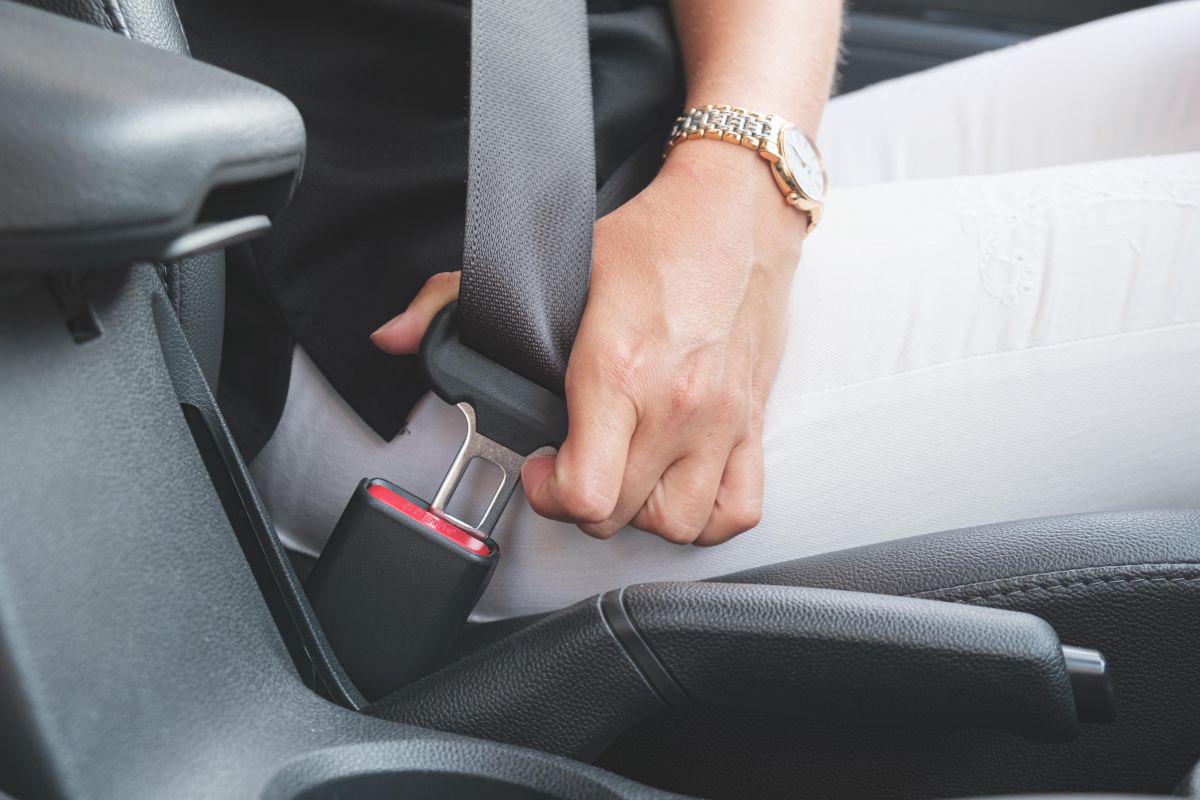Collision repairers may want to keep the expression “If you see something, say something” in mind when it comes to something missing, incorrect or in need of an update in the estimating systems or the OEM repair procedures.
One recent example: An inquiry from a shop concerned about something in a vehicle owner’s manual led Hyundai to adjust its published procedures related to seat belt inspections and replacement following collisions.
Aaron Schulenburg of the Society of Collision Repair Specialists (SCRS) said an association member found the owner’s manual for a Hyundai vehicle -- as well as some other Genesis and Kia vehicles -- warned the entire seat belt assembly should be replaced if it was being worn during a collision, even if there is no apparent damage to the webbing or assembly. The shop recognized there is liability for not following this type of published instruction.
“But there’s also a recognition on our part that our jobs would be easier if repairs were less invasive, especially when logic maybe doesn’t necessarily dictate that something is necessary,” Schulenburg said at an SCRS meeting this summer. “If this is published, we probably have to do it to be able to serve the consumer well in terms of what’s expected of us. But it also doesn’t stop us as professionals from turning around, leveraging our relationships, and asking: Hey, what’s the purpose of this? Is there a different way to approach this?”
Kia in 2022 had responded to a question about this posed on the I-CAR Repairability Technical Support website, saying such seat belts should be inspected and replaced “if not working properly.” The problem, Schulenburg said, is that’s not what some of the automaker’s owner’s manuals say.
So SCRS contacted Hyundai, and the company’s engineers over several months developed a revised OEM repair procedure, saying inspected seat belts do not need to be replaced after a minor accident in which there is no deployment of airbags or seat belt pretensioners, only when there has been deployment of either or both. The company said this supersedes what is published in the owner’s manuals, though those are being updated as well.
“I think this is a really important example of where industry feedback can result in positive change that creates less invasive repairs, but still keeps [repairers] compliant with what’s necessary to do the repair properly and serve the consumer well,” Schulenburg said.
The latest data from the Database Enhancement Gateway (DEG) offers more evidence that questioning something seemingly inaccurate -- or missing -- in the estimating system databases can also lead to change. About 1 in 3 of the nearly 1,300 inquiries submitted to the DEG in the first half of the year resulted in a change to one of the estimating system databases by Audatex, CCC Intelligent Solutions or Mitchell, according to Danny Gredinberg, administrator of the DEG.
Although the estimating system providers have long provided a way for anyone in the industry to submit such inquiries directly to them, the DEG was created in 2007 by a number of shop trade associations as a centralized and easier way to submit and monitor what happens to such inquiries.
The bulk of the inquiries (1,053) in the first half of this year were related to the CCC system, and more than half of those (52%) resulted in a change. The combined changes to all three systems, Gredinberg said, added 991 body labor hours, 153 refinish labor hours, and more than $7,500 in parts pricing to the systems.
During the SCRS meeting, Gredinberg said some of those parts may have been just a 30-cent clip or a $10 bracket, but getting them into the estimating systems also helps prevent users from having to search for them in an electronic parts catalog.
“At the end of the day, we just want accurate information,” Gredinberg said.














John Yoswick